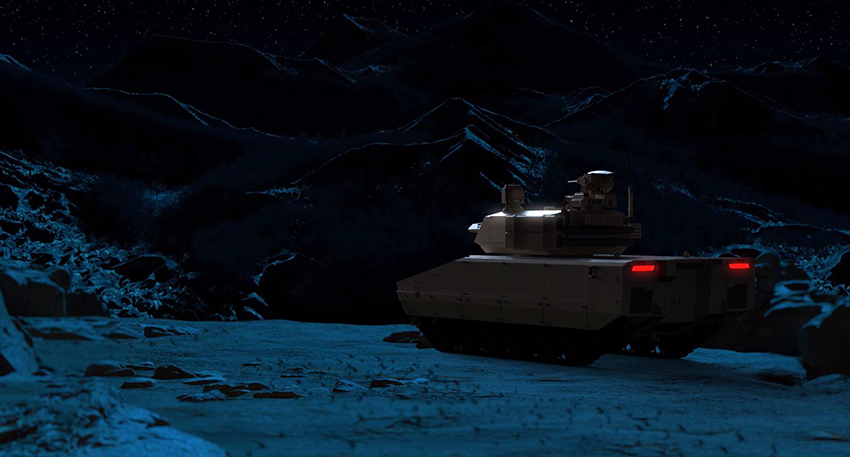RTX awarded $117.5 million by US Army for advanced targeting sensor systems
- Next-generation targeting and surveillance sensor system will support Abrams tanks and future optionally manned fighting vehicles
MCKINNEY, Texas, July 5. RTX was awarded a $117.5 million contract by the U.S. Army for low-rate initial production of 3rd Generation Forward Looking Infrared (3GEN FLIR) B-Kit sensors.

The advanced targeting sensor systems enhance lethality, survivability and situational awareness in austere environments, providing combat overmatch for the Army’s ground combat platforms.
“This technology supports the U.S. Army’s modernization effort to ensure the force is ready to address near-peer competitors,” said Torrey Cady, Vice President, Electro-Optical (EO) & Infrared (IR) Solutions at Raytheon. “Our technological advancements in the sensors reduce latency and give military forces a critical battlefield edge by exceeding overall performance of prior generation systems.”
Under the contract, RTX will deliver 3GEN FLIR B-Kit sensors for the United States Army’s combat platforms, which includes the advanced Abrams Main Battle Tanks and an option for optionally manned fighting vehicles.
The 3GEN FLIR B-Kit is platform agnostic, delivering a common operating picture for future combat ground vehicles. It also provides significant standoff for target detection, recognition, and identification. The advanced sensors ensure high resolution imagery is delivered to the right people in any environment so they can make the right decisions.
RTX’s dual-band infrared system creates high-resolution images that help military commanders see in the dead of night and adverse battlefield and weather conditions even at great distances to aid mission planning and execution.
Raytheon has delivered more than 25,000 second-generation FLIR sensors over the past 20 years and applied the lessons learned from 2GF development and production to the 3GEN FLIR sensor production.
The 3GEN FLIR B-Kit commonality across the battlefield supports affordability and sustainability goals of the Army. Cost savings and avoidance were achieved through a concerted government and industry partnership using rigorous application and adherence to systems engineering best practices.
Primary work location for this effort is in McKinney, Texas.





